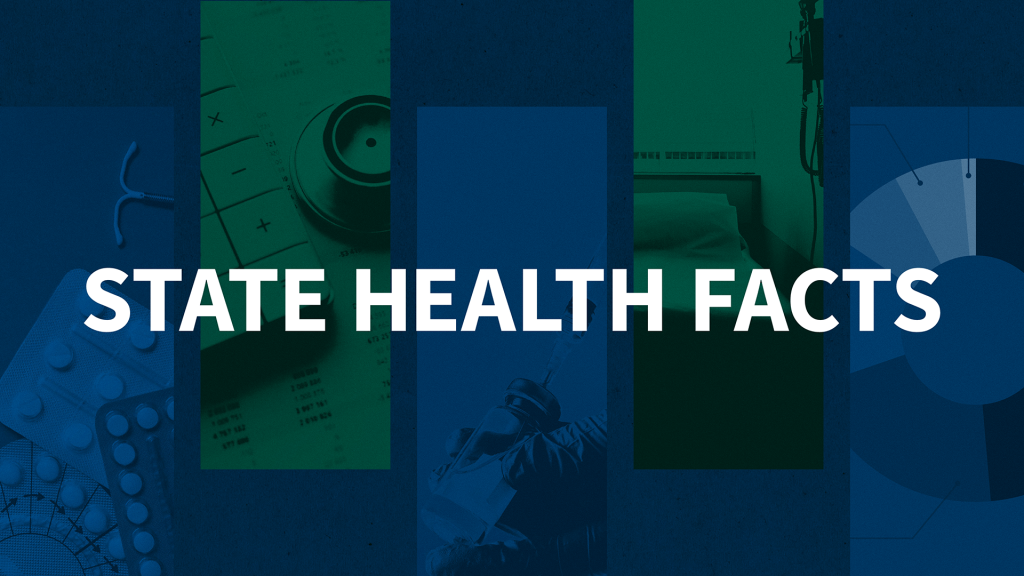Recent Trends in Employer-Sponsored Health Insurance Premiums
Recent Trends in Employer-Sponsored Health Insurance Premiums Download View JAMA Infographic…
The independent source for health policy research, polling, and news.
KFF’s policy research provides facts and analysis on a wide range of policy issues and public programs.
KFF designs, conducts and analyzes original public opinion and survey research on Americans’ attitudes, knowledge, and experiences with the health care system to help amplify the public’s voice in major national debates.
KFF Health News is a national newsroom that produces in-depth journalism about health issues and is one of the organization’s core operating programs.
State Health Facts is a KFF project that provides free, up-to-date, and easy-to-use health data for all 50 states, the District of Columbia, and the United States. It offers data on specific types of health insurance coverage, including employer-sponsored, Medicaid, Medicare, as well as people who are uninsured by demographic characteristics, including age, race/ethnicity, work status, gender, and income. There are also data on health insurance status for a state's population overall and broken down by age, gender, and income.
Recent Trends in Employer-Sponsored Health Insurance Premiums Download View JAMA Infographic…
This Visualizing Health Policy infographic charts recent trends in employer-sponsored health insurance premiums. Between 1999 and 2015, premiums increased by 203 percent, outpacing both inflation and workers’ earnings.
This brief reviews current federal and state policies on Medicaid and insurance coverage of abortion services and presents national and state estimates on the availability of abortion coverage for women enrolled in private plans, Affordable Care Act Marketplace plans, and Medicaid.
This issue brief merged beneficiary-level Medicare and Medicaid data from 2021 to document sources of coverage for dual-eligible individuals nationwide and by state.
The Biden administration finalized several major Medicaid regulations with the intent of improving access to Medicaid services. Collectively, the rules span hundreds of pages of text, are extremely complex, and were set to be implemented over several years, with measurable increases in federal Medicaid spending. Overturning the rules would reduce regulation of managed care companies, nursing facilities, and other providers; increase barriers to enrolling in and renewing Medicaid coverage, and roll back enrollee protections, payment transparency, and requirements for improved access.
As Congress weighs spending cuts and other changes to Medicaid, more than half (54%) of the public say they are worried significant reductions in federal Medicaid spending would negatively affect their family’s ability to obtain and afford health care, a new KFF Health Tracking Poll finds.
Medicaid and Medicare at 50 – Trends and Challenges Download View JAMA infographic…
This brief identifies a range of successful strategies to reach and enroll Medicaid- and CHIP-eligible individuals as well as options to facilitate renewals. It draws on a collection of previous work examining state enrollment experiences after implementation of the ACA. In sum, it shows that states that have achieved enrollment success have embraced an array of strategies and approaches that include promoting the expansion through strong leadership and collaboration, implementing broad marketing and outreach campaigns, establishing a coordinated and diverse network of assisters, developing effective eligibility and enrollment systems that coordinate with the Marketplace, and planning ahead to translate coverage gains into improved access to care.
On March 23, the U.S. Supreme Court will hear Zubik v. Burwell, legal challenges brought by nonprofit corporations challenging the Affordable Care Act's contraceptive coverage requirement. The 2014 Hobby Lobby decision established that certain firms with religious beliefs should be relieved of the requirement of paying for contraceptive coverage. In this case, religious nonprofits are objecting to the regulations that the Obama Administration has developed to accommodate their religious objections to birth control, claiming it still burdens their religious beliefs. After the death of Justice Antonin Scalia, this already complicated case has taken on yet an additional question. Given that the Court will be operating with only 8 Justices, what would be the impact of a tie (4-4) decision? To address the legal and policy questions raised by the case, the Kaiser Family Foundation will hold an interactive web briefing exclusively for journalists.
In this post on The Huffington Post, Alina Salganicoff and Laurie Sobel offer a Q&A on “contraceptive-only” plans, an approach mentioned during oral arguments in the U.S. Supreme Court case Zubik v. Burwell. In the Zubik case, a group of religiously affiliated nonprofits with religious objections to providing birth control coverage seek an exemption from the Affordable Care Act's provision requiring most plans to offer such coverage without cost-sharing.
© 2026 KFF
